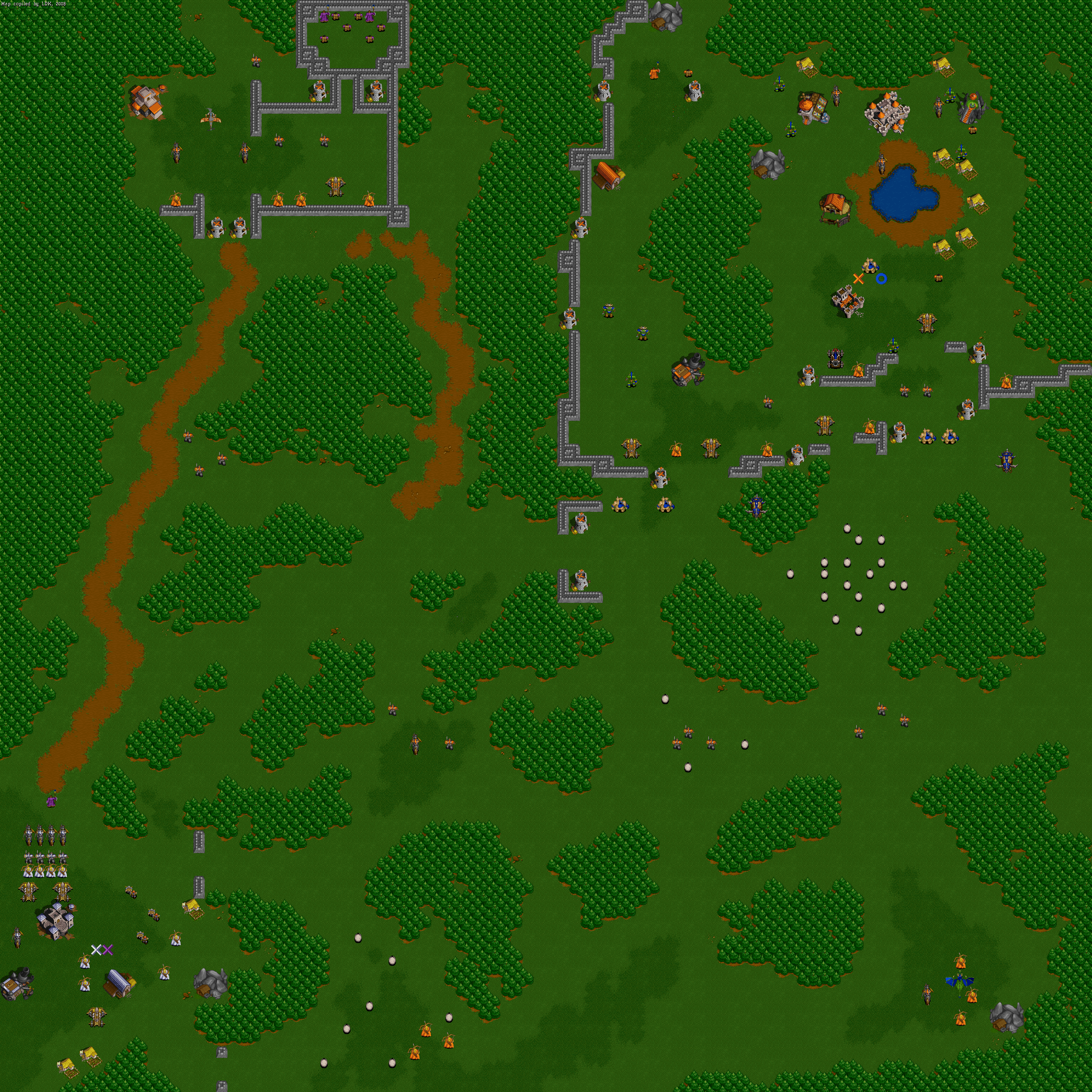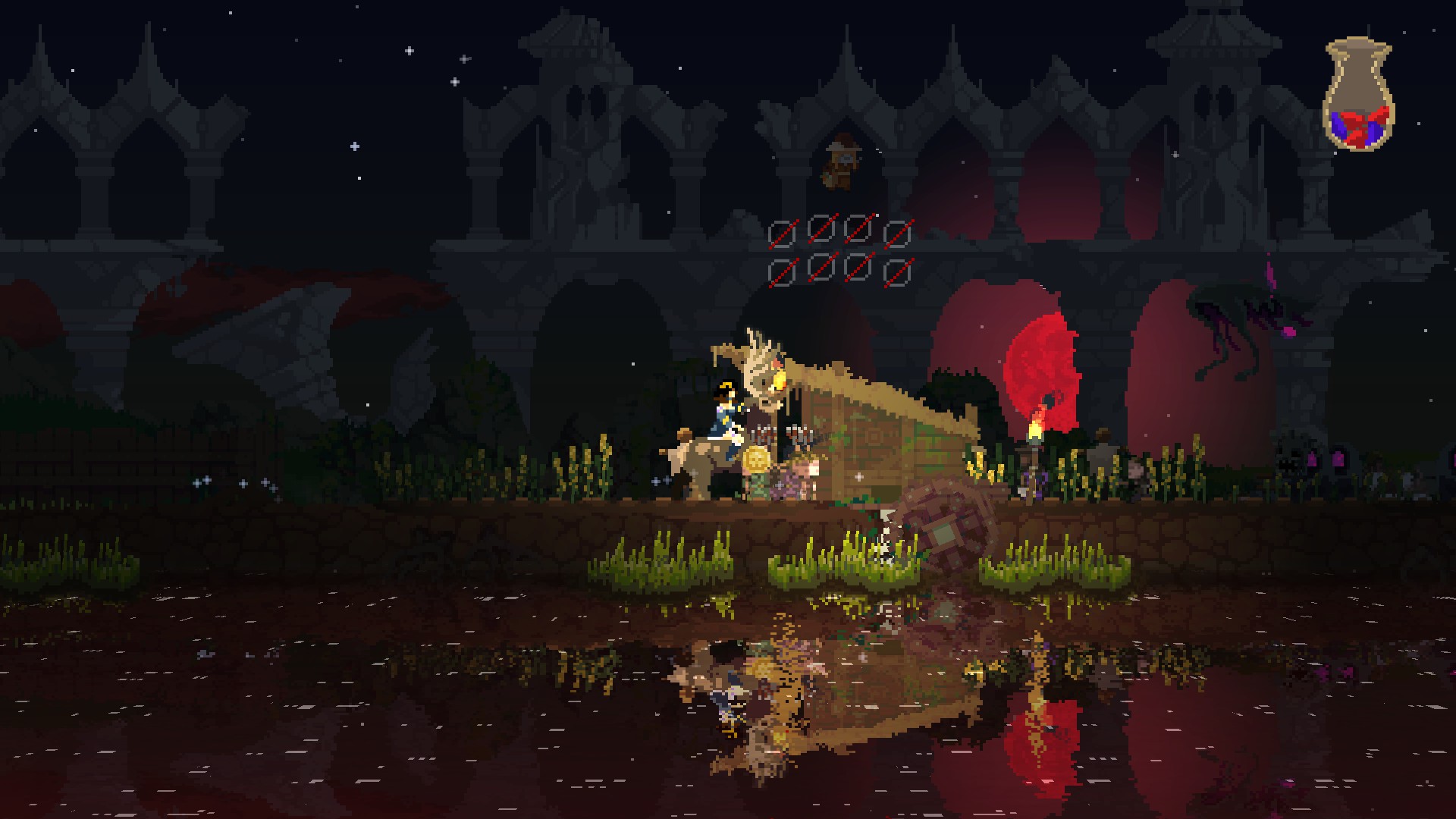
- #Kingdom of the dead portals full
- #Kingdom of the dead portals license
- #Kingdom of the dead portals free
One is an eyewitness account of a ship burial on the Volga River, where a slave woman is lifted above a freestanding portal (much like a doorframe). Two written sources tell the narrative of a woman being lifted over a door to see into a different realm. Perhaps unsurprisingly, the foremost was the actual threshold to the house. If they became malevolent, they could threaten the household – and so the threshold to their world needed to be controlled.ĭifferent parts of the house likely served as points of contact between living and dead, perhaps also among the past, present and future. On the other hand, Hrapp’s story and other sources suggest that the dead could be objects of anxiety. Infants and ancestors may have helped protect the house, anchor it in local histories or empower its residents. On the one hand, people sometimes kept the dead close, embedding them in the living space. There is a clear ambiguity to dwelling with the dead. It must have been meaningful for people to place body parts of their dead under the threshold or in the postholes of the longhouse, or to inter the dead in the house when they abandoned the settlement. Throughout the first millennium, human bones were sometimes embedded within the house, including infants buried in hearths and postholes.
#Kingdom of the dead portals full
On his deathbed, Hrapp demands to be buried in the doorway to the fire hall: “Have me placed in the ground upright, so I’ll be able to keep a watchful eye over my home.” The agency of the dead did not necessarily dissipate at death and the sagas are full of tales of people receiving prophecy from the dead, the dead singing in burial mounds, or haunting their old houses.Īrchaeological material supports the idea that the dead had a presence in Iron and Viking Age houses.

In the sagas of the Icelanders, we encounter the malicious man Hrapp.

The Viking house was not exclusively the domain of the living. Reconstructed town houses from Haithabu – Credit: Frank Vincentz
#Kingdom of the dead portals free
In these ways and more, Viking houses generated contrasts between owners, free people and thralls – and such differences formed Viking society. Indeed, one of the known thrall names is Fjosnir, “of the byre”. Scholars have argued that the thralls dwelled in an extra room with a hearth in the byre (cowshed) end of the longhouse, spatially and socially belonging with the animals. But there was an unfree population among the Viking household (“ thralls”) who had no legal rights, whose children were owned by the household leaders, who it was not a crime to kill, and who could be sexually exploited by their owners. “Slavery” is a complex institution, and a universal definition is difficult. Although they lived under one roof, everyday tasks and the architecture itself created thresholds between groups and made people different from each other. The largest households could be composed of a couple, concubines, subordinates, farmhands and warriors, animals, itinerant workers, guests, and a range of “mine, yours, and our” children. The Viking household, while varied, did not conform to the idealised nuclear family of Western modernity.

It was a foreign world – we have rare, but repeated evidence for infants being buried by hearths, magical artefacts placed by doorways, and women lifted over thresholds so they could speak with the dead. It was a primary stage for legitimising hierarchies in which some people were enslaved and left to dwell with cattle in the byre, while others presided in a high seat. The home – traditionally associated with women – is seen as mundane and politically insignificant.īut the Viking house was not an apolitical, neutral space. Certain activities and spaces – often those traditionally associated with men - are seen as shaping the course of history. But when we talk about the Vikings we often repeat familiar narratives of warriors, ships and battles. Recent coverage includes the discovery of a new Viking ship burial, and the possibility of Viking women participating in warfare.
#Kingdom of the dead portals license
TV shows such as Last Kingdom and Vikings have added dramatic license to particular historical accounts, while new archaeological finds are guaranteed to make headlines.


 0 kommentar(er)
0 kommentar(er)
